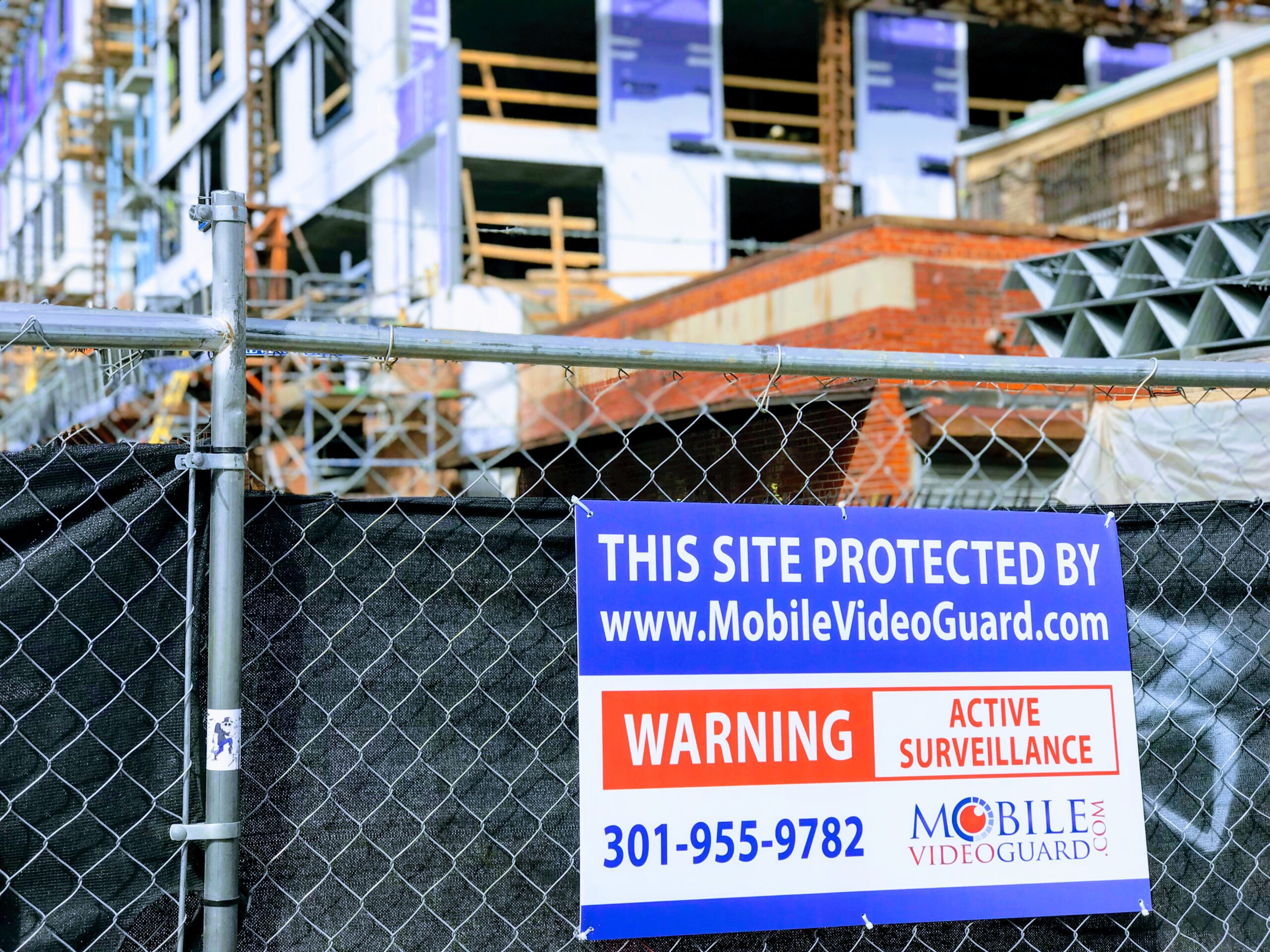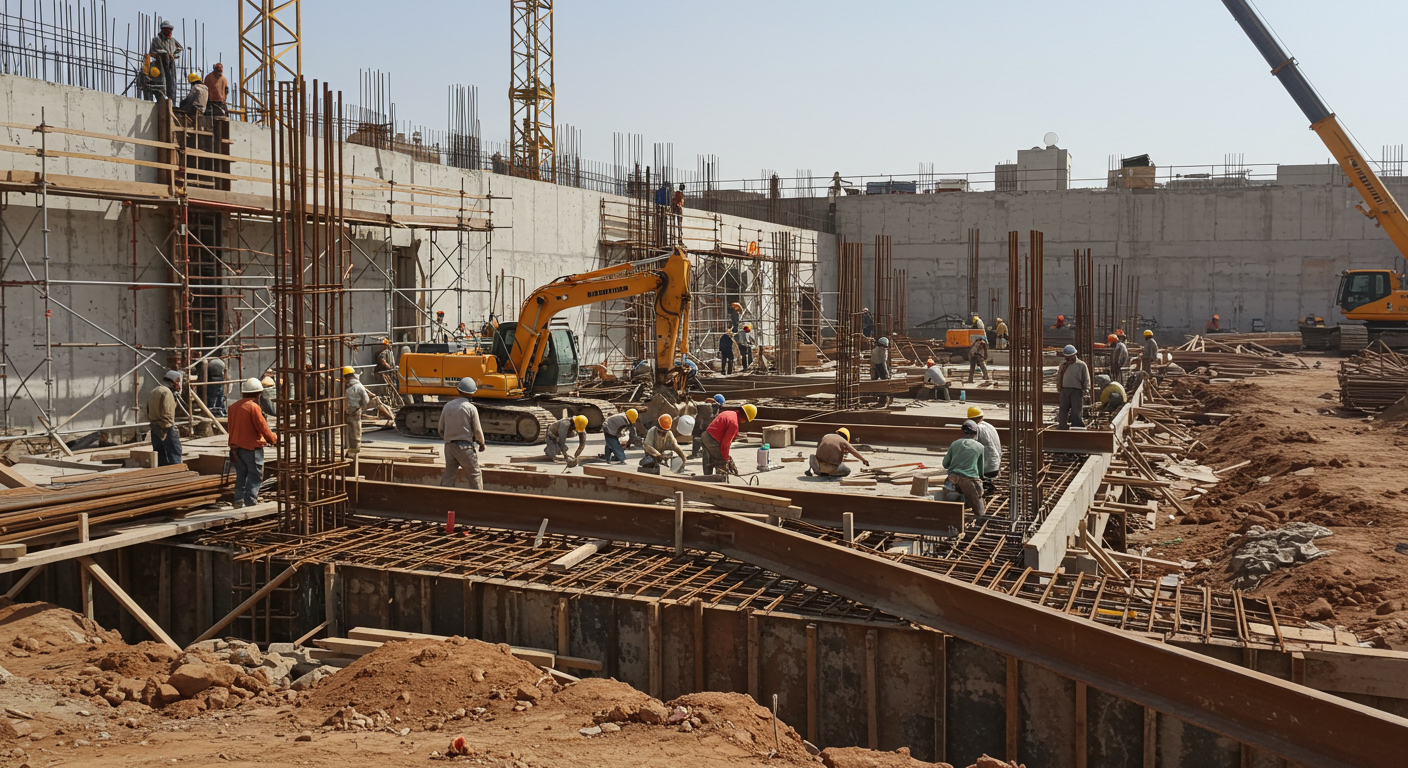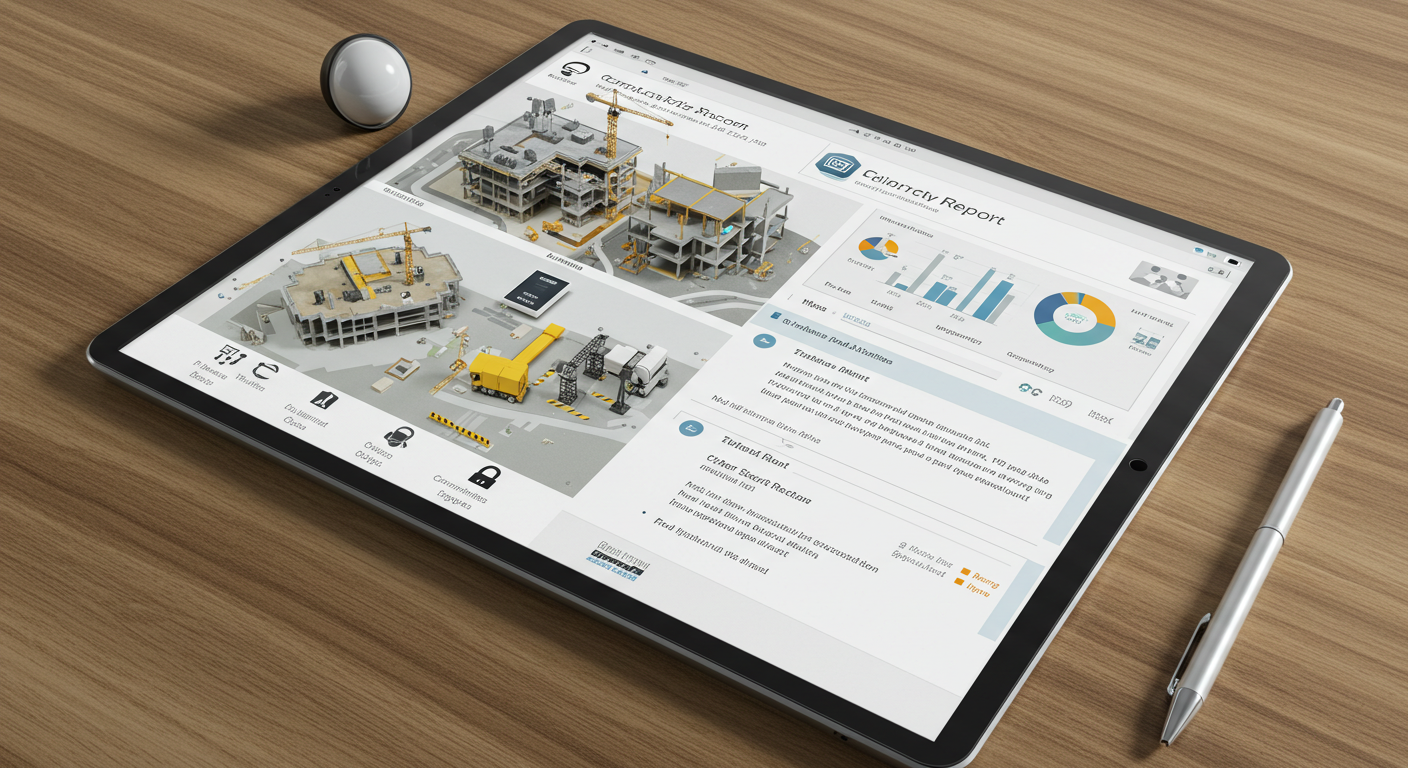In today’s rapidly changing world, business security has become a top concern for companies of all sizes. With the rise in criminal activities and security breaches, it has become crucial for businesses to invest in advanced camera systems to protect their assets, employees, and customers. Advanced camera systems offer a wide range of benefits, from enhanced monitoring and surveillance capabilities to improved incident response and resolution. In this article, we will explore the importance of business security cameras, the benefits they offer, the different types of camera systems available, the key features to consider, the installation process, integration with other systems, monitoring and maintenance, and the cost considerations for small businesses.
Key Takeaways
- Enhanced business security can be achieved by utilizing advanced camera systems
- Business security cameras play a significant role in the deterrence of theft and criminal activity
- The benefits of security camera systems include improved monitoring and surveillance capabilities, as well as enhanced incident response and resolution
- There are two main types of security camera systems: analog and IP cameras
- Key features to consider in security cameras include high resolution, night vision, motion detection, and remote viewing capabilities
- The installation process involves site survey, camera placement and positioning, and wiring and connectivity setup
- Integration of security cameras with other systems such as access control and alarm systems can further enhance business security
- Regular monitoring and maintenance are essential to ensure the effectiveness of security camera systems
- Cost considerations include initial investment costs and ongoing maintenance costs, which can be analyzed through a cost-benefit analysis
Importance of Business Security Cameras
In today’s fast-paced and interconnected world, business security has become a top priority for organizations of all sizes. It is crucial for businesses to invest in advanced camera systems to protect their premises, assets, and most importantly, their employees and customers. Security cameras act as a deterrent to potential criminals and provide evidence in case of theft, vandalism, or other criminal activities. By implementing security cameras, businesses can significantly reduce the risk of unauthorized access, minimize losses, and maintain a safe environment for everyone.
Significance of Security Cameras for Business Protection
Security cameras are one of the most effective security products available for businesses. They provide constant surveillance and monitoring of the premises, ensuring that any suspicious activity can be promptly detected and addressed. Security systems, such as small business security cameras and business NVR systems, offer advanced features like motion detection and real-time alerts, allowing businesses to proactively respond to potential threats. By investing in high-quality camera systems, businesses can enhance their overall security strategy and ensure the safety of their employees and customers.
Role of Security Cameras in Deterrence of Theft and Criminal Activity
One of the primary benefits of security cameras is their role in deterring theft and criminal activity. Studies have shown that the mere presence of security cameras can significantly reduce the likelihood of crimes being committed. Criminals are less likely to target businesses with visible surveillance systems, as they know they are being watched and recorded. Security cameras not only act as a deterrent but also provide valuable evidence in the event of an incident. By capturing high-quality footage, small business surveillance systems and commercial security camera brands help law enforcement agencies identify and apprehend criminals, increase the chances of recovery of stolen property, and contribute to a safer business environment.
Benefits of Security Camera Systems for Businesses
Investing in advanced camera systems offers numerous benefits for businesses across various industries. Let’s explore some of the key advantages that security camera systems bring to the table.
Enhanced Monitoring and Surveillance Capabilities
One of the primary benefits of security camera systems is the ability to monitor and surveil business premises effectively. With advanced features like free security cameras and powerful pelco camera systems, businesses can ensure comprehensive coverage of their premises. IP cameras, in particular, provide high-resolution images and videos, allowing for detailed monitoring of activities. This enhanced monitoring capability not only helps prevent potential security incidents but also enables businesses to identify operational inefficiencies, monitor employee compliance, and enhance overall productivity.
Improved Incident Response and Resolution
In the event of an incident, such as theft, vandalism, or unauthorized access, security camera systems play a crucial role in incident response and resolution. By capturing real-time footage and providing remote viewing capabilities, businesses can quickly assess the situation and take appropriate action. This could involve notifying law enforcement, triggering alarms, or dispatching security personnel to the scene. Additionally, IP camera hosting services enable businesses to store and access video footage securely, ensuring that critical evidence is preserved for investigative purposes. By leveraging these advanced features, businesses can respond swiftly to incidents, minimize potential damage, and increase the chances of a successful resolution.
Types of Security Camera Systems
When it comes to choosing the right security camera system for your business, it’s essential to understand the different types available in the market. Let’s explore two main types of security cameras widely used by businesses.
Analog Security Cameras
Analog security cameras have been a popular choice for businesses for many years. These cameras capture videos and transmit them through coaxial cables to a digital video recorder (DVR). Swann business security cameras and other commercial security camera brands offer a range of analog camera options for small businesses. While analog cameras may not offer the same level of image quality as IP cameras, they are a cost-effective solution for businesses that require basic surveillance capabilities. With features such as motion detection and night vision, analog security cameras provide reliable security coverage for businesses of all sizes.
IP Security Cameras
IP security cameras, also known as network cameras, have gained popularity in recent years due to their advanced features and high-resolution image quality. These cameras capture videos and transmit them over an IP network, allowing users to access live feeds and recorded footage remotely. With features like NVR systems and eufy business security cameras, IP cameras offer superior image quality, greater flexibility, and enhanced scalability compared to analog cameras. Businesses can choose between wired or wireless IP camera systems based on their specific requirements. IP security cameras are an ideal choice for businesses that prioritize image clarity, remote access, and advanced surveillance features.
Features to Consider in Security Cameras
Choosing the right security cameras for your business involves considering various features that align with your security requirements. Let’s explore some key features to consider when selecting security camera systems.
High Resolution
High-resolution cameras are crucial for capturing clear and detailed images and videos. When evaluating security camera systems, it’s essential to consider the resolution capabilities of the cameras. Look for small business security camera systems that offer high-resolution options, such as 4K or 8K, to ensure optimal image quality. High-resolution cameras provide sharper images, making it easier to identify objects, individuals, and details. This feature is particularly important when it comes to capturing evidence for investigative purposes and ensuring the overall effectiveness of the surveillance system.
Night Vision
Security incidents can occur at any time, including during the night. That’s why it’s crucial to choose security cameras with reliable night vision capabilities. Night vision enables cameras to capture clear footage in low-light conditions or complete darkness. Motion detection, combined with night vision, allows cameras to automatically switch to night mode when movement is detected, ensuring that businesses have continuous surveillance coverage around the clock. When selecting security cameras, consider options that offer advanced night vision features, such as infrared illuminators for improved visibility in the dark.
Motion Detection
Motion detection is a vital feature in security cameras that enables businesses to effectively monitor their premises. By detecting movement in the camera’s field of view, motion detection triggers alerts and initiates recording, capturing potential security threats in real-time. Small business security cameras with motion detection capabilities can help reduce false alarms and focus attention on genuine security incidents. This feature is particularly beneficial in high-traffic areas, entry points, and restricted areas where unauthorized access could pose a risk to the business.
Remote Viewing Capabilities
Remote viewing capabilities allow businesses to access their security camera feeds and recorded footage from anywhere, at any time. By leveraging these capabilities, businesses can monitor their premises remotely and stay connected to their security systems even when they are away. For example, Swann business security cameras offer remote viewing options through mobile apps or web portals, enabling real-time access to live feeds and playback of recorded footage. This feature provides peace of mind to business owners and managers, knowing that they can monitor their business’s security anytime, anywhere.
Installation Process for Security Camera Systems
Proper installation of security camera systems is crucial for their effectiveness and optimal operation. Let’s explore the installation process and the key steps involved.
Site Survey
Before installing security cameras, it’s essential to conduct a site survey to assess the specific security requirements of the business premises. A site survey involves evaluating the layout, identifying potential blind spots, determining optimal camera placement, and considering the most suitable camera types for each area. During the site survey, factors such as lighting conditions, environmental factors, and business security objectives are taken into account. This preliminary step ensures that the camera installation is tailored to the business’s unique needs and maximizes the effectiveness of the surveillance system.
Camera Placement and Positioning
Camera placement and positioning play a significant role in maximizing the coverage and effectiveness of the security camera system. Cameras should be strategically positioned to capture critical areas, such as entry points, parking lots, storage areas, and high-traffic zones. The height and angle of the cameras should be adjusted to ensure the best possible view of the target areas. When positioning the cameras, it’s essential to consider lighting conditions, potential obstructions, and the need for remote access or PTZ (pan-tilt-zoom) features. Proper camera placement and positioning are essential to ensure comprehensive surveillance coverage and minimize blind spots.
Wiring and Connectivity Setup
Once the cameras are strategically positioned, the next step is to establish the necessary wiring and connectivity. This includes running cables from the cameras to the recording device or network switch, as well as ensuring proper power supply for the cameras. The wiring and connectivity setup should be carried out in a neat and organized manner to avoid any potential issues with cable management or signal interference. It’s important to consider the distance between the cameras and the recording device, as well as any necessary signal amplification or network configuration requirements. Proper wiring and connectivity setup ensure that the security camera system operates smoothly and reliably.
Integration of Security Cameras with Other Systems
To further enhance business security, security cameras can be integrated with other systems, such as access control and alarm systems. Let’s explore the benefits of these integrations and how they contribute to a comprehensive security strategy.
Integration with Access Control Systems
Integrating security cameras with access control systems provides businesses with an added layer of security. Access control systems regulate entry and exit points, allowing only authorized individuals to access specific areas. By integrating access control systems with security cameras, businesses can monitor and record all access activities, ensuring that only employees, visitors, or authorized personnel enter restricted areas. In the event of a security breach or unauthorized access attempt, the integrated system can trigger alarms, capture real-time footage, and alert security personnel for immediate action. This integration enhances the overall security posture of the business and minimizes the risk of unauthorized access.
Integration with Alarm Systems
Integrating security cameras with alarm systems creates a robust security infrastructure that alerts businesses of potential security threats. Alarm systems are designed to detect unusual activities, such as forced entry, unauthorized access, or motion in restricted areas. By linking security cameras with alarm systems, businesses can receive real-time alerts and simultaneously view the corresponding camera footage. This integration allows for a quick assessment of the situation, enabling businesses to initiate appropriate responses, such as notifying law enforcement or dispatching security personnel. The combination of security cameras and alarm systems enhances the proactive security measures of the business and helps prevent potential security incidents.
Monitoring and Maintenance of Security Camera Systems
To ensure the effectiveness and reliability of security camera systems, regular monitoring and maintenance are essential. Let’s explore the key aspects of monitoring and maintaining security camera systems.
Regular Monitoring of Camera Feeds
Regular monitoring of camera feeds is crucial for businesses to stay on top of potential security incidents. Businesses should designate responsible individuals or security personnel to regularly monitor the live camera feeds and recorded footage. By actively monitoring camera feeds, businesses can detect any suspicious activities in real-time and take immediate action. Additionally, with the advancement of AI-based video analytics, businesses can leverage features like object detection and facial recognition to further enhance their monitoring capabilities. Monitoring feeds in real-time allows businesses to promptly respond to incidents, mitigate risks, and maintain a safe environment.
Routine Maintenance and Troubleshooting
Routine maintenance is essential to ensure the longevity and optimal performance of security camera systems. This includes regular cleaning of cameras and lenses to prevent dirt or debris buildup, checking and replacing faulty cables or connectors, and updating firmware or software for improved functionality. In addition to routine maintenance, businesses should also establish a troubleshooting process to address any technical issues that may arise. This could involve working closely with the camera manufacturer or partnering with a professional security provider for specialized support. By performing regular maintenance and efficient troubleshooting, businesses can minimize downtime, maximize the lifespan of their security camera systems, and ensure consistent security coverage.
Cost Considerations for Business Security Cameras
As with any investment, cost considerations play a significant role in the decision-making process. Let’s explore the different cost factors associated with business security cameras.
Initial Investment Costs
The initial investment costs for business security cameras include the purchase of cameras, recording devices or network video recorders (NVRs), installation labor, and any additional equipment or accessories. The cost of security camera systems can vary depending on factors such as the number of cameras required, the type of cameras selected, the complexity of the installation, and the specific security needs of the business. While advanced camera systems may come with a higher price tag, they offer improved functionality, higher image quality, and enhanced security features. It’s important for businesses to consider their budget, security requirements, and long-term goals when evaluating the initial investment costs of security camera systems.
Ongoing Maintenance Costs
In addition to the initial investment, businesses should also consider the ongoing maintenance costs associated with security camera systems. Routine maintenance activities, such as cleaning, firmware updates, and equipment replacement, incur recurring costs. Additionally, businesses may need to allocate resources for training staff on the operation and maintenance of the security camera systems. It’s important to factor in these ongoing maintenance costs when evaluating the overall cost of ownership of security camera systems. While they may represent an additional expense, regular maintenance ensures the optimal performance and effectiveness of the security cameras, minimizing potential risks and liabilities.
Cost-Benefit Analysis for Small Businesses
For small businesses with limited budgets, conducting a cost-benefit analysis can help determine the value and return on investment of security camera systems. Factors to consider in the analysis include the potential reduction in theft or loss, improved incident response and resolution, enhanced employee productivity, and potential cost savings in insurance premiums. By quantifying both the costs and benefits of implementing security camera systems, small businesses can make informed decisions and choose the most suitable security solution for their specific needs. It’s important to weigh the upfront costs against the long-term benefits and the overall impact on the business’s security and bottom line.
In conclusion, advanced camera systems offer businesses a powerful tool to enhance their security measures. By investing in security camera systems, businesses can benefit from enhanced monitoring and surveillance capabilities, improved incident response and resolution, and seamless integration with other security systems. Whether it’s analog or IP cameras, businesses have a range of options to choose from based on their unique security requirements. Features such as high resolution, night vision, motion detection, and remote viewing capabilities contribute to the overall effectiveness of the security camera systems. With proper installation, regular monitoring and maintenance, businesses can maximize the longevity and reliability of their security camera systems. While the initial investment and ongoing maintenance costs should be considered, conducting a cost-benefit analysis helps businesses evaluate the value and return on investment of security camera systems. Overall, by leveraging advanced camera systems, businesses can enhance their security posture, protect their assets and employees, and maintain a safe environment for everyone.
To learn more about how advanced camera systems can benefit your business, reach out to our expert team and schedule a consultation today!
Frequently Asked Questions About Business Security
Security cameras commonly used by businesses include IP cameras, analog cameras, dome cameras, bullet cameras, and PTZ cameras. Each type offers different features and benefits, allowing businesses to tailor their security system to specific needs and preferences.
The terms "security camera" and "surveillance camera" are often used interchangeably, but the legal distinction lies in their purpose. A security camera is typically used for monitoring and protecting a specific area, while a surveillance camera is used for observing, recording, and analyzing behavior.
The cost of business security cameras can vary depending on factors such as the type of camera, brand, resolution, features, and quantity needed. On average, businesses can expect to pay anywhere from $100 to $500 per camera. However, investing in a high-quality system is crucial for ensuring comprehensive security coverage and peace of mind.



